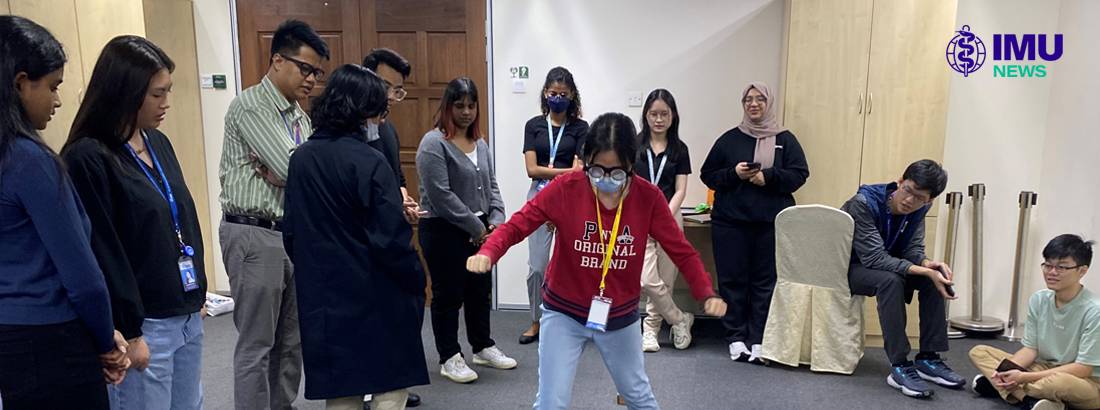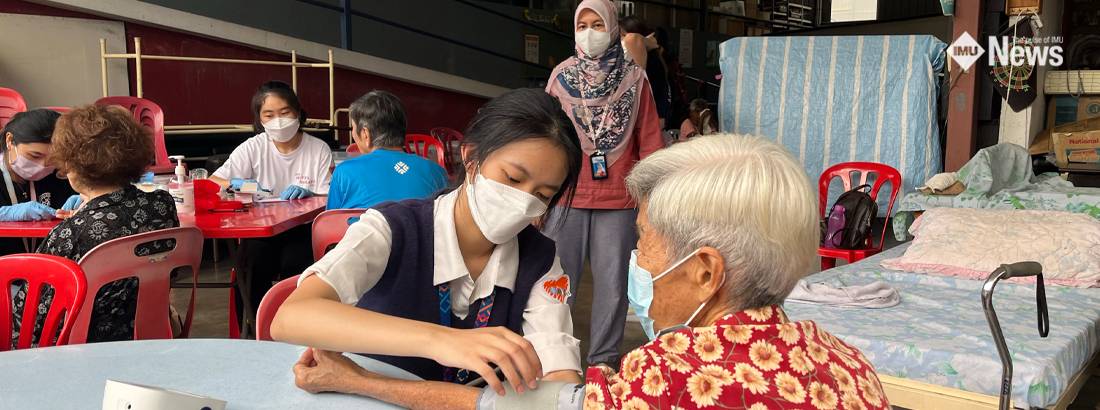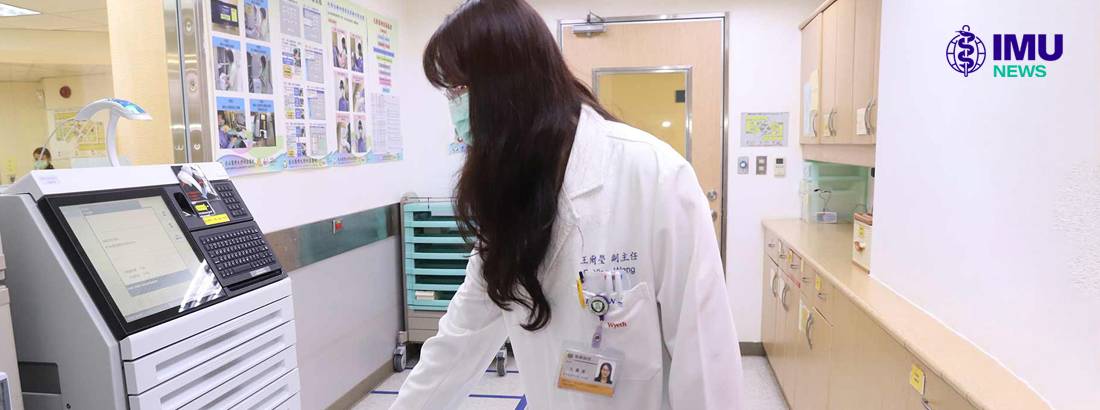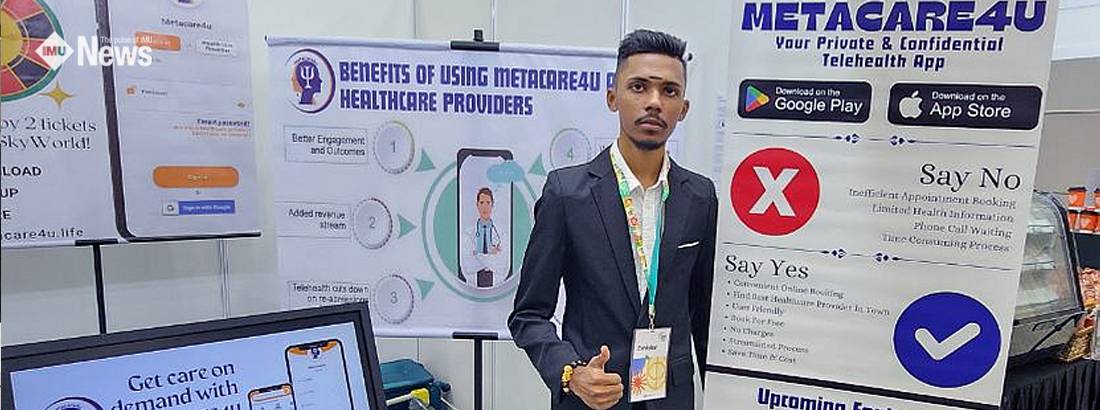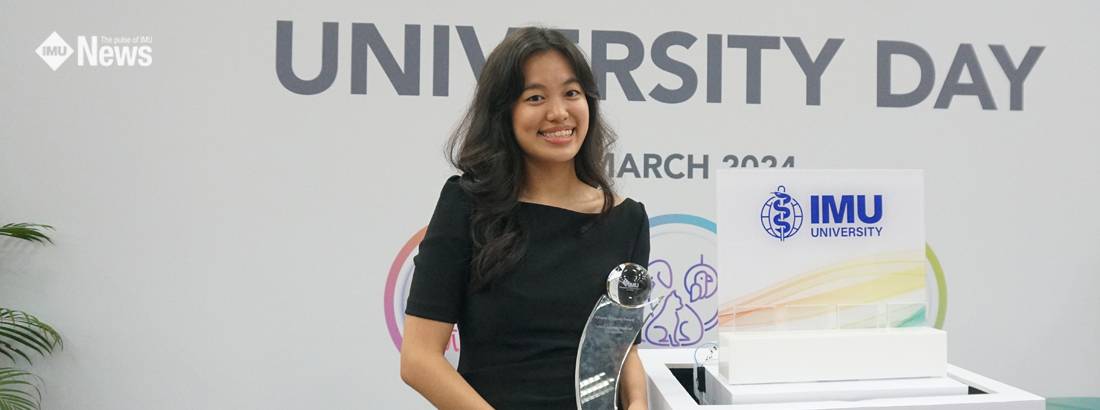On 4 March 2024, the IMU University Psychology Department organised a neuro vision therapy event at the IMU University Bukit Jalil Campus (Room 2.07). Faye Lai and Koh Leong Ket from Sun Time Vision Specialist presented a talk titled ‘Vision Development Throughout Childhood.’ The event was open to all, with Bachelor of Science (Hons) in Psychology students encouraged to attend as the talk’s content was closely related to their field of study.
The event began at 10 am and lasted just over two hours. Faye and Ket, vision therapists with 10 and four years of experience respectively, started by delivering their talk on neuro vision therapy.
Neuro vision therapy is a treatment designed to address various visual deficits (eg: lazy eye, concussions, visual impairments from developmental delays, etc.), typically administered by optometrists. This therapy has helped many individuals improve their vision, learning, and daily functioning by enhancing eye-hand coordination, visual clarity, focus, and alleviating headaches and eyestrain.
The speakers highlighted key aspects of visual development throughout childhood, including visual functional skills, eye health, and visual information processing. They effectively used vibrant visual aids, such as videos and animated presentation slides, to illustrate their points throughout the talk.
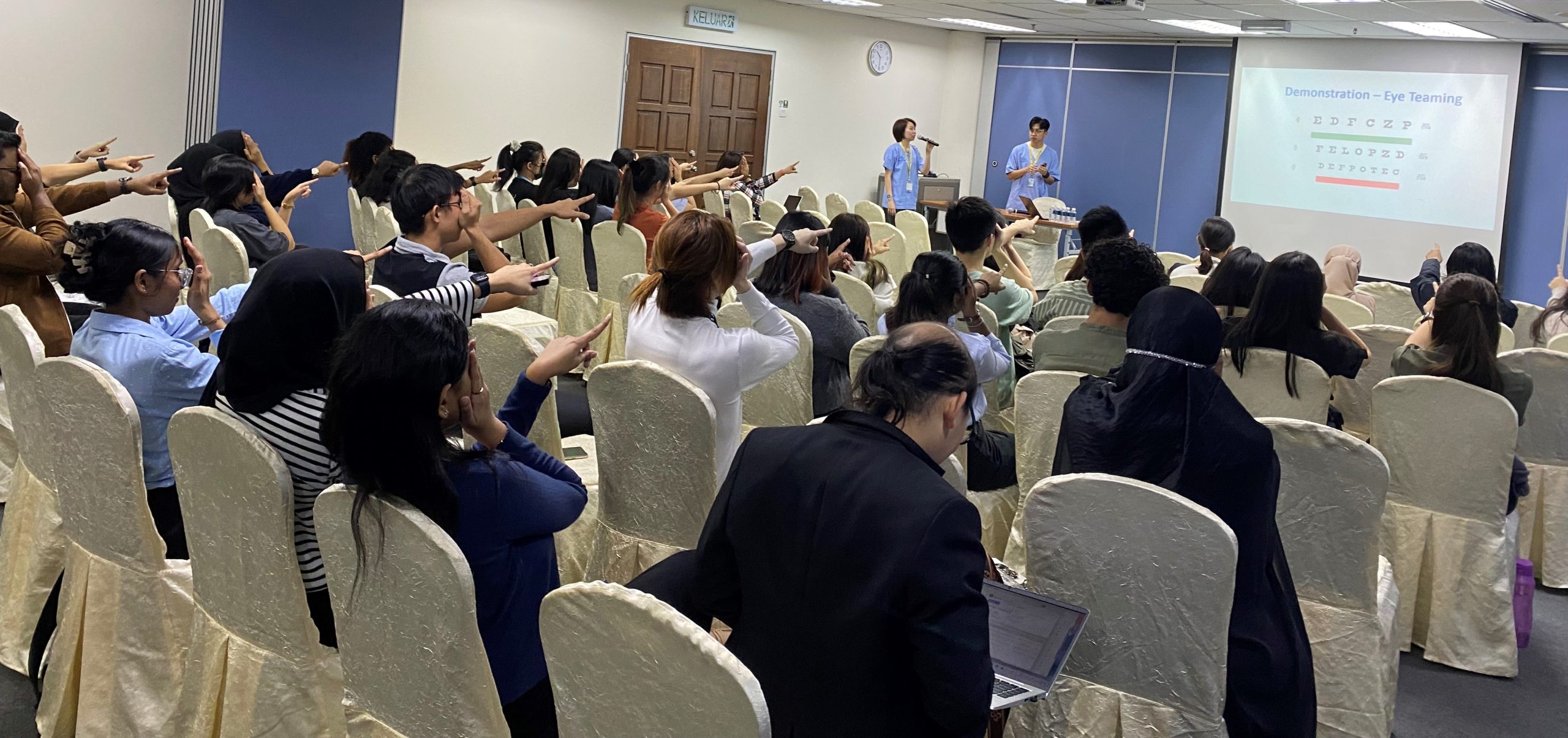
The speakers engaged the audience with physical demonstrations throughout the talk. In one activity, an audience member was asked to read aloud a passage that was intermittently distorted. While the participant could read the passage, they were unable to recall its content.
This demonstration illustrated how exerting extra effort to recognise words can negatively impact an individual’s ability to process information.
After the talk, the audience participated in some activities which demonstrated how visual deficits may impact daily functions such as balance, depth perception, and hand-eye coordination. In one activity, participants were tasked to walk across wooden blocks that were scattered on the ground while wearing special glasses that distorted their vision. In another, the audience had to toss small bean bags into a basket in front of them while wearing the glasses. These insightful activities, when paired with the enthusiasm and energy of the speakers and the audience, made for an engaging experience.
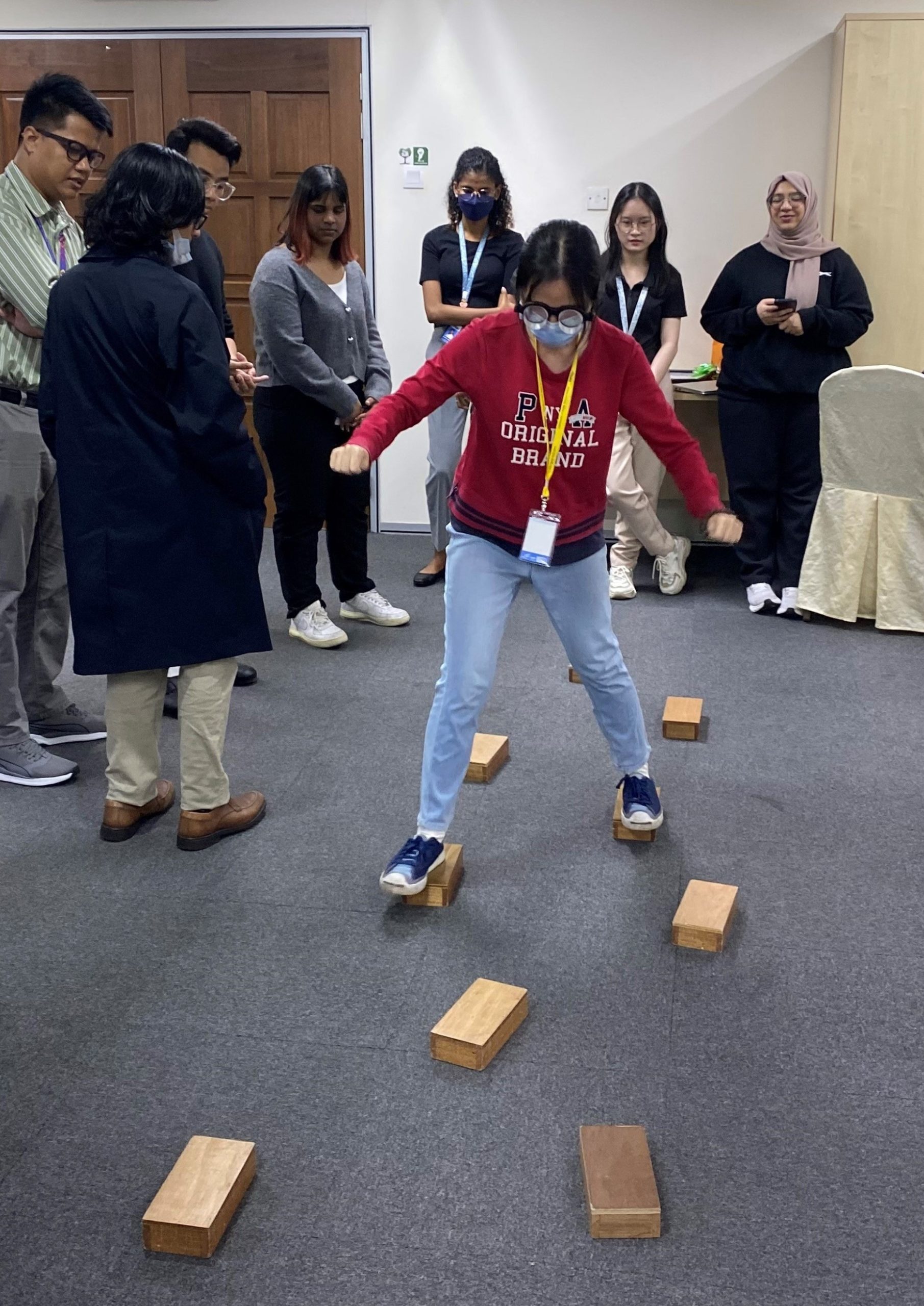
Behind the scenes, the event committee, which consisted of Alyssa Ding, Brenda Shalini, Dr Joshua Ng, and Felicia Ilona, made the preparations preceding the event. During the event, they managed the audience and flow of the event. In addition, they were tasked with receiving guests, taking photos, and occasionally participating in the demonstrations during the talk. Their effort ensured that the event ran smoothly and that the speakers felt welcomed.
Before the event’s conclusion at about 12:15 pm, group photos were taken to commemorate the occasion and the warm exchanges that were made between all who attended. The event committee also prepared tokens of appreciation for the speakers. After the event, Faye and Ket were also invited to lunch which was arranged by the event committee as gratitude for giving the talk.
As I attended this event, I had the pleasure of interacting with the speakers and experiencing the many activities they had prepared. I found the contents of the talk informative and came away with a newfound appreciation for vision therapists. To conclude, it was a memorable event, the success of which is owed to the seamless coordination between the speakers and the event committee.
Written by Terence Tan Cheng Xi

